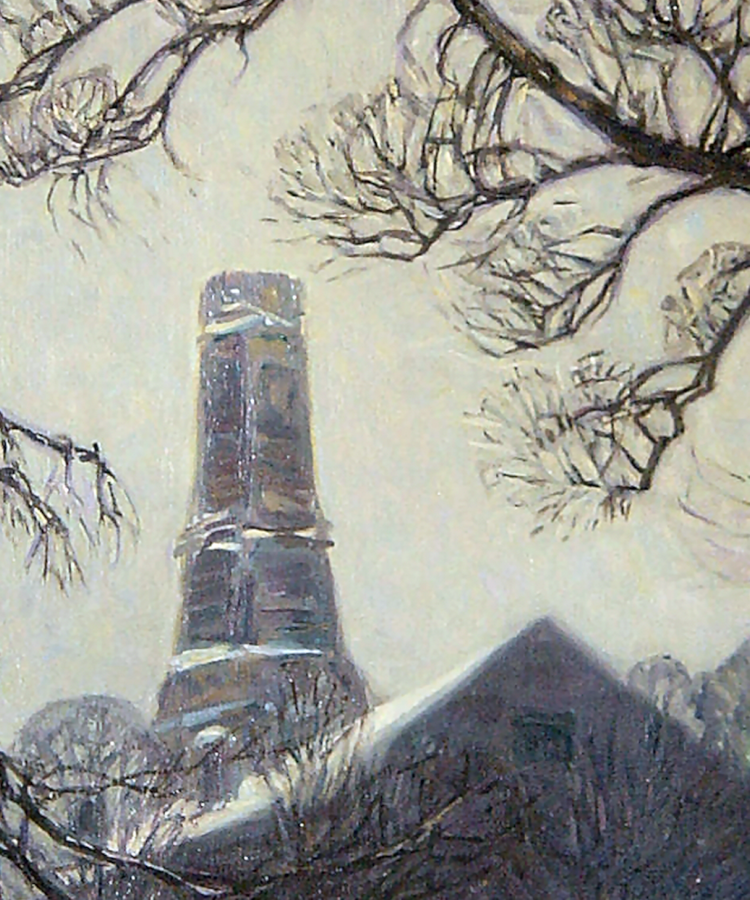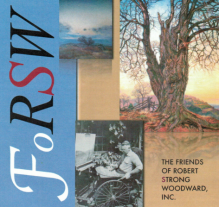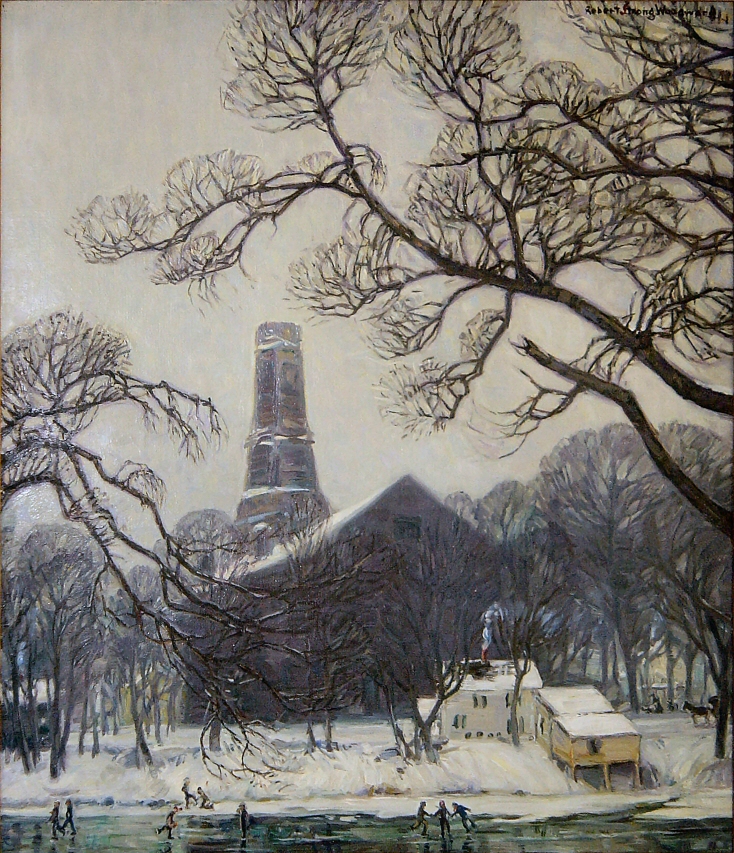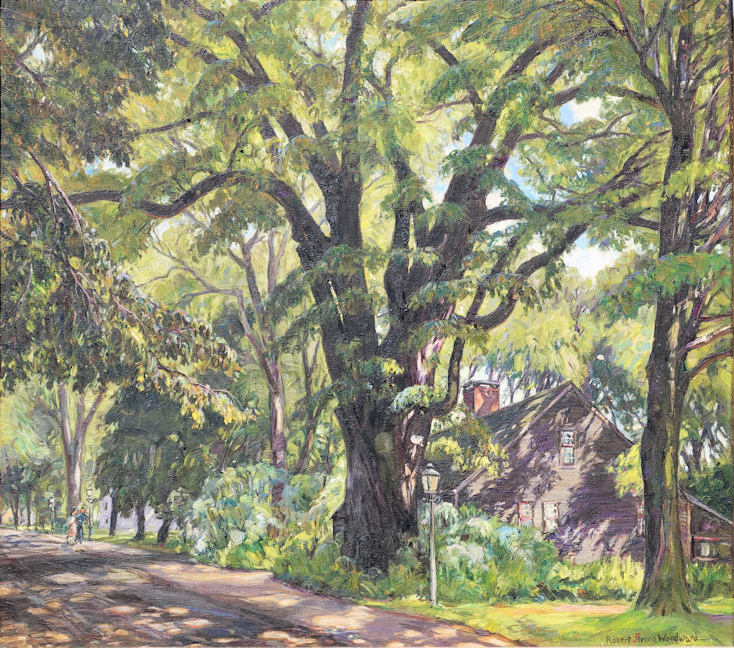Quick Reference
Painted 1937.
Deerfield, MA
Oil on Canvas
Landscape
Churches, People & Livestock
25 x 30, Upright
Westfield Athenaeum, 1938
Local teacher Miss Mabel Raguse
NA
Related Links
- See also the...
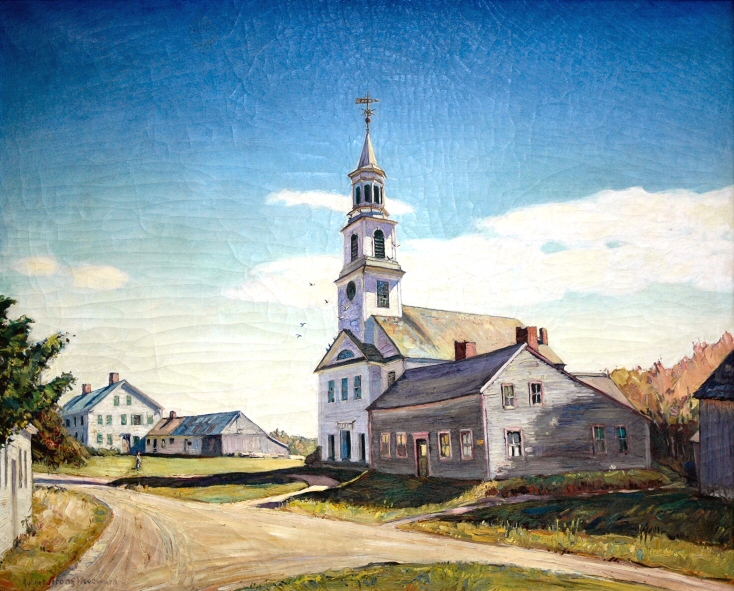 Churches & Cemetery Gallery to view related pieces.
Churches & Cemetery Gallery to view related pieces.
- See also the...
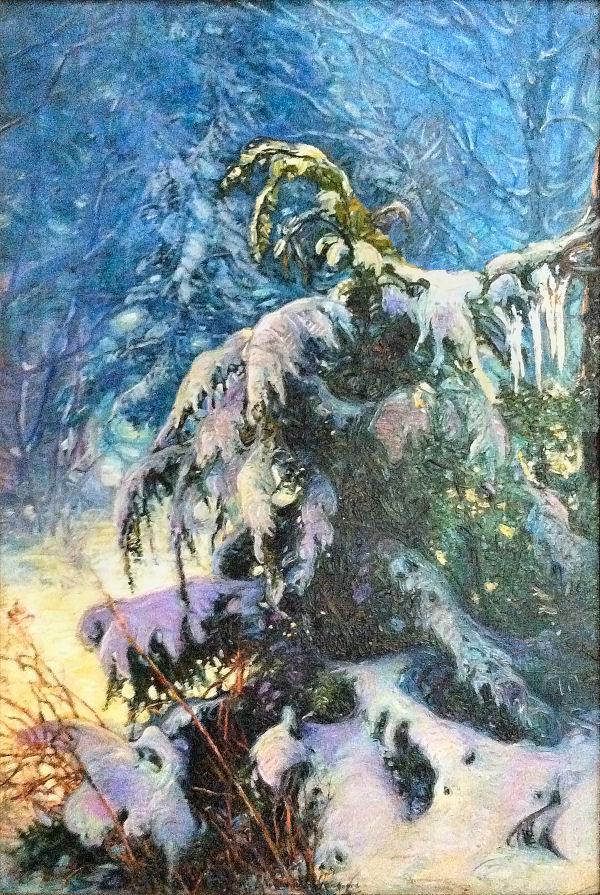 Snow on the Ground Gallery to view related pieces.
Snow on the Ground Gallery to view related pieces.
- See also the...
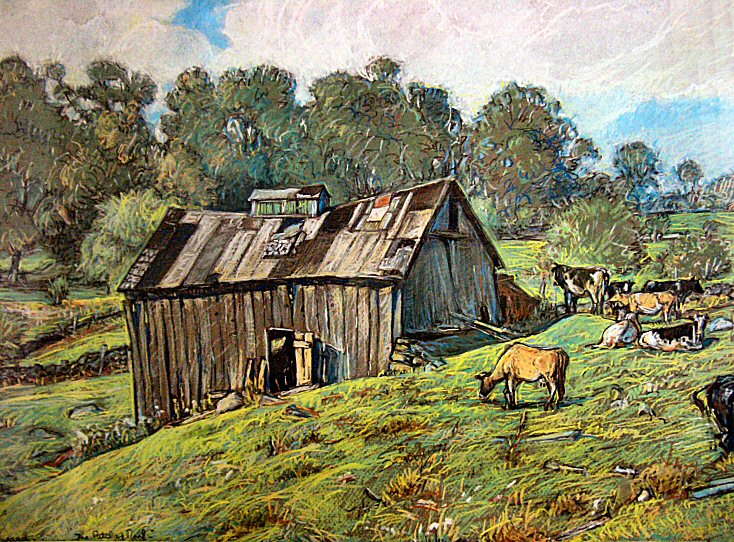 People & Livestock Gallery for related pieces.
People & Livestock Gallery for related pieces.
- See also the...
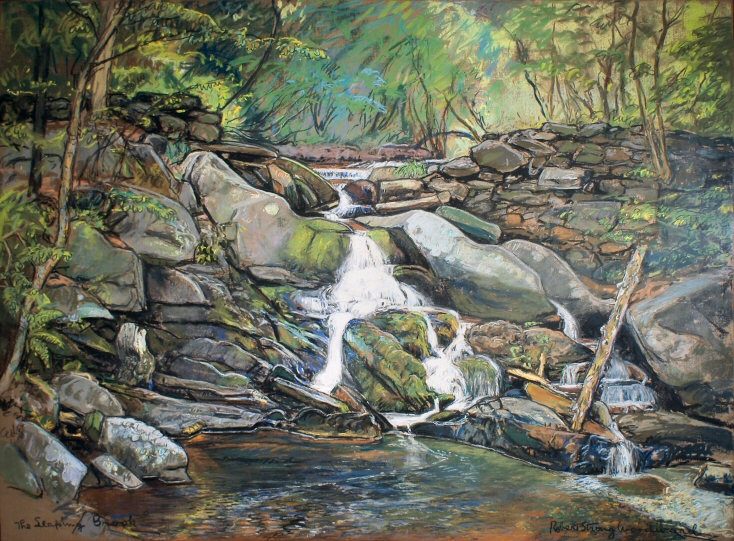 Brooks, Ponds, Rivers Gallery for related pieces.
Brooks, Ponds, Rivers Gallery for related pieces.
- See also the...
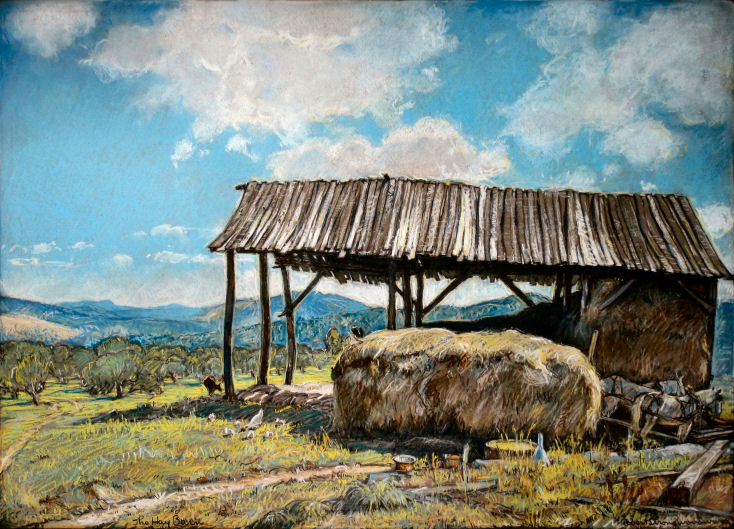 Buildings Gallery to view related pieces.
Buildings Gallery to view related pieces.
- See our page devoted to ...
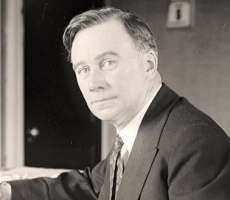 commission sponsor Francis Garvin
commission sponsor Francis Garvin
- See also Dr. Purninton's...
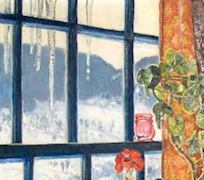 Icicles essay for more
Icicles essay for more
- See our page devoted to ...
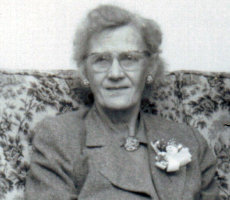 local school teacher Miss Mabel Raguse
local school teacher Miss Mabel Raguse
- See also the...
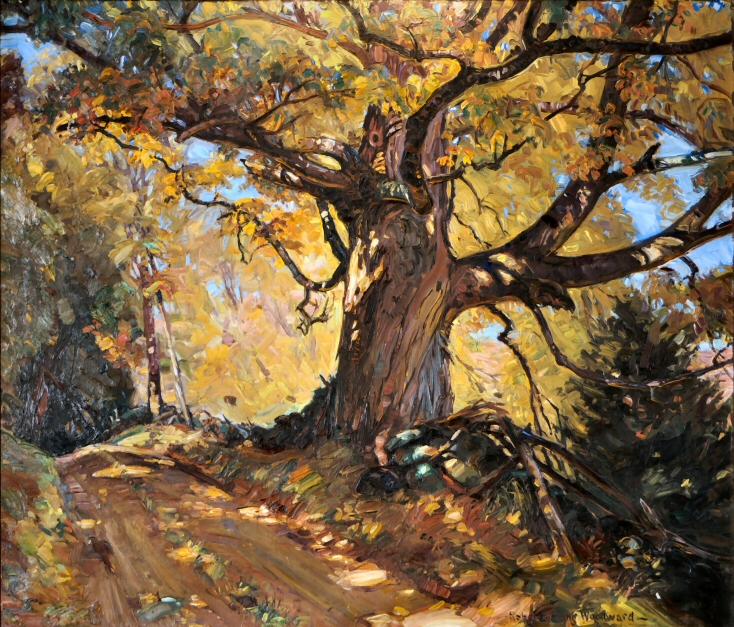 Trees Gallery to view related pieces.
Trees Gallery to view related pieces.
- See also the...
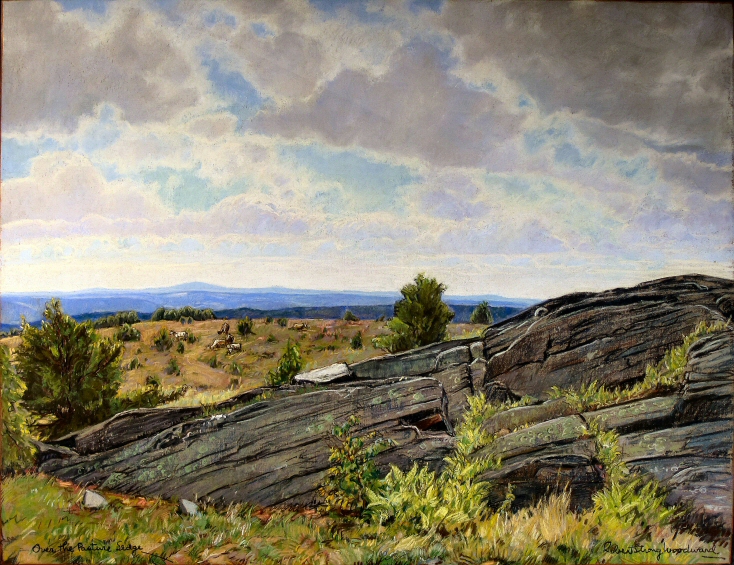 Rocks & Stone Walls Gallery to view related pieces.
Rocks & Stone Walls Gallery to view related pieces.
Featured Artwork: Village Church in Winter
RSW's Diary Comments
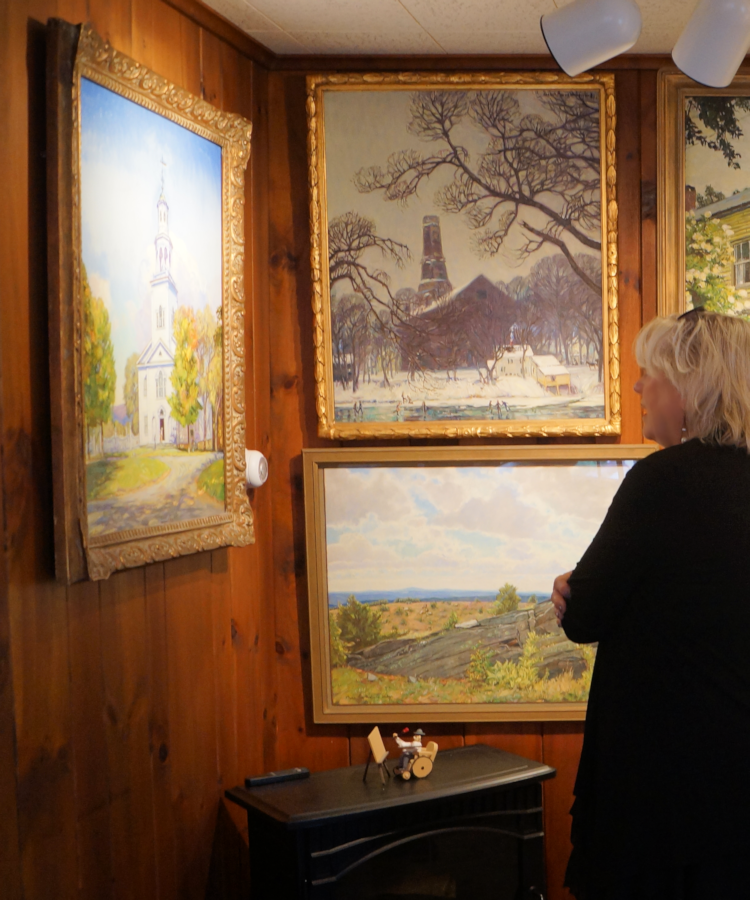
 The Carriage House Gallery, Wood-
The Carriage House Gallery, Wood-
ward's Southwick Place on Upper St. for
Buckland's Summer Day on the Common,
July, 2019
"Painted 1937. A winter painting of the back of the Baptist church in Shelburne Falls with the Deerfield River in the foreground with a party of children skating on the ice--- a screen of decorative trees thrown from the foreground against river, houses, church and sky. This painting was made in 1937 in the studio from a similar painting made in my early career around 1920 which had somewhat darkened with varnish and medium. After painting the above I destroyed the original."
Editor's Note:
This painting has a remarkable journey. The scene was initially painted in the early nineteen twenties
but had darkened over the years. In 1937, Woodward was in need of paintings of churches that are historically signifigant in
architecture for the Mabel P. Garvan Collection being commissioned by her husband Francis. The Shelburne Falls Baptist church,
a brick structure, built in 1852, more than three-quarters of a century old, fits that bill and so he re-paints the scene.
Unforntunately for Woodward, Mr. Garvan would unexpectedly died 18 days after purchasing Enduring
New England, the first only only painting to make the collection. There were three other paintings completed,
the Bennington Church,
the East Poultney Church, and this painting but for whatever reason they did not arrive at the Macbeth Gallery on
time for Mr. Garvan to review them. Mrs. Garvan would later decide not to honor Mr. Garvan's contract with Woodward.
How Miss Mabel Raguse ends up with the painting is unclear other than to say Miss Mabel held a special place in Woodward's
heart. He would sell her the painting while all the others, the two mentioned above were never sold, and the several others in various
stages of completion were not only not finished but one was close enough to finished that Woodward gave it to the
Plainfield church as a gift- unfinished! This does raise the question, given
the outcome of all the other paintings, whether Miss Mabel actually bought the painting or did Woodward give it to her as a gift. She
would later donated the painting to the Shelburne Falls Savings & Loan. There is one other painting donation made relating to
this church and two others. For more continue down the page.
 FOR MORE SEE: Our Tribute to Miss Mabel Raguse
FOR MORE SEE: Our Tribute to Miss Mabel Raguse
 FOR MORE SEE: The Garvan's Collection
FOR MORE SEE: The Garvan's Collection
Additional Notes
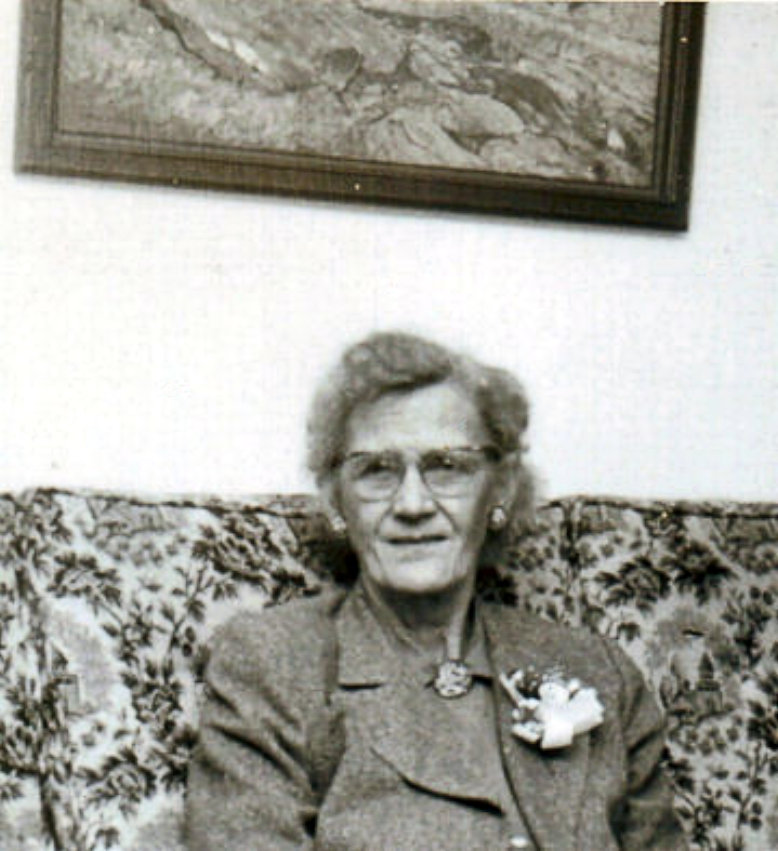
 Buckland school teacher Miss Mabel
Buckland school teacher Miss Mabel
Raguse in her apartment in Shelburne Falls,
MA beneath the chalk drawing From a May Hill
 Buckland school teacher Miss Mabel Raguse purchased 2 oil paintings and 3 chalk drawings over
her life time. This is quite a feat on a teacher's salary. Safe estimates of what it cost her are anywhere from $25,000 to $27,000 in today's dollars.
We do not how much her wages were in that time yet it is safe to say what she spent on paintings by Woodward probably totaled around a quarter of
a year's salary.
Buckland school teacher Miss Mabel Raguse purchased 2 oil paintings and 3 chalk drawings over
her life time. This is quite a feat on a teacher's salary. Safe estimates of what it cost her are anywhere from $25,000 to $27,000 in today's dollars.
We do not how much her wages were in that time yet it is safe to say what she spent on paintings by Woodward probably totaled around a quarter of
a year's salary.
How significant is this? To answer that, we point out that while Woodward had great relationships with other buyers like
Mabel, (Lucy Bridgeman for one), but Mabel is the only one Woodward showed his great appreciation
to, making for her a sepia print of a painting as a gift. See The Surprise
 Miss Mabel denoted this painting to the Shelburne Falls bank where it hung for many years. It was
later sold to a private collector who has graciously shared it the Buckland and Shelburne Historical Societies when they have their "open house" events
during the summer [see in image in the upper right].
Miss Mabel denoted this painting to the Shelburne Falls bank where it hung for many years. It was
later sold to a private collector who has graciously shared it the Buckland and Shelburne Historical Societies when they have their "open house" events
during the summer [see in image in the upper right].
 Across the Stream,is from a different vantage point of the
Deerfield River. In Across the Stream, the Shelburne Falls Baptist Church is on the left side.
Across the Stream,is from a different vantage point of the
Deerfield River. In Across the Stream, the Shelburne Falls Baptist Church is on the left side.
 Woodward is a romantic. No where is this more evident than in his early career. After his Redgate fire (1922)
he moves away from the pure ideaology of romanticism to a more modest and understated naturalism. This does not mean he does not, from time to time,
indulge in his first love of Romance. Besides this painting, a charming idyllic scene of youth, innocence and simpler times (imagine skating on a frozen river today).
There is also his Boston paintings from 1930, such as Boston Romance and
August Shade (1938) where he paints a scene of what appears to be a young couple dress in clothes that seem more 1880s than 1930s,
walking up the sidewalk on Albany Street near the Deerfield Academy, towards the "Little Brown House" where famous portrait artist George Fuller once had
his studio. The "Little Brown House" was one of the first "presevation" projects of the newly formed Pocumtuck Valley Memorial Association (PVMA) the oldest
preservation society in the country. Undoubtable August Shade is chock-full of romantic imagery.
Woodward is a romantic. No where is this more evident than in his early career. After his Redgate fire (1922)
he moves away from the pure ideaology of romanticism to a more modest and understated naturalism. This does not mean he does not, from time to time,
indulge in his first love of Romance. Besides this painting, a charming idyllic scene of youth, innocence and simpler times (imagine skating on a frozen river today).
There is also his Boston paintings from 1930, such as Boston Romance and
August Shade (1938) where he paints a scene of what appears to be a young couple dress in clothes that seem more 1880s than 1930s,
walking up the sidewalk on Albany Street near the Deerfield Academy, towards the "Little Brown House" where famous portrait artist George Fuller once had
his studio. The "Little Brown House" was one of the first "presevation" projects of the newly formed Pocumtuck Valley Memorial Association (PVMA) the oldest
preservation society in the country. Undoubtable August Shade is chock-full of romantic imagery.
Greenfield Recorder-Gazette, Nov. 3, 1950
"......A painting of the Baptist church which was made 25 years ago shows its old tower and also shows the skaters on the river as they were before the dams were built."
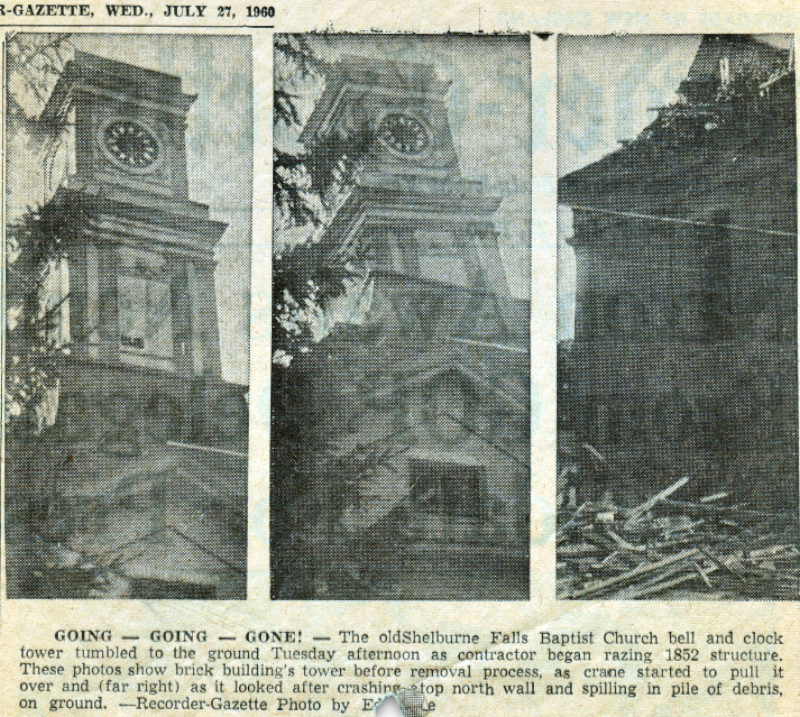
 6 July, 1960, Greenfield Recorder coverage
6 July, 1960, Greenfield Recorder coverage
of the demolition of this church's clock tower
The Church's Demise and Resulting Rebirth:
Starting sometime around the 1940s, 1950 there were three local churches struggling to survive. They were the Episcopal church, the Congregational church, and the Baptist church. It was always our understanding that the Episcopal church had a fire and burned prompting the rise of the Trinity Church on Serverance St. in Shelburne. However, a historical account on the "History and tradition of Shelburne, Massachusetts" from Internet Archive.com tells a different story that makes much more sense. In the spring of 1956 the three churches were attempting to merge, referred to in the history as "yoking" which means to tie themselves together.
"Not so simple to arrange was the use of the three buildings. Shifting the services from one to another at various intervals suited no one. The century-old Baptist structure was a masterpiece of church architecture in its day but was outmoded and in need of repair. The Emmanuel Memorial Episcopal Church, not new but far different from the Baptist and one of the most beautiful sanctuaries in the State, was deteriorating rapidly; its heating equipment was useless and it had no facilities for community or social activities. The Congregational Church, with its adjoining Cora Smith Hall, was a good, attractive modern building, but small."
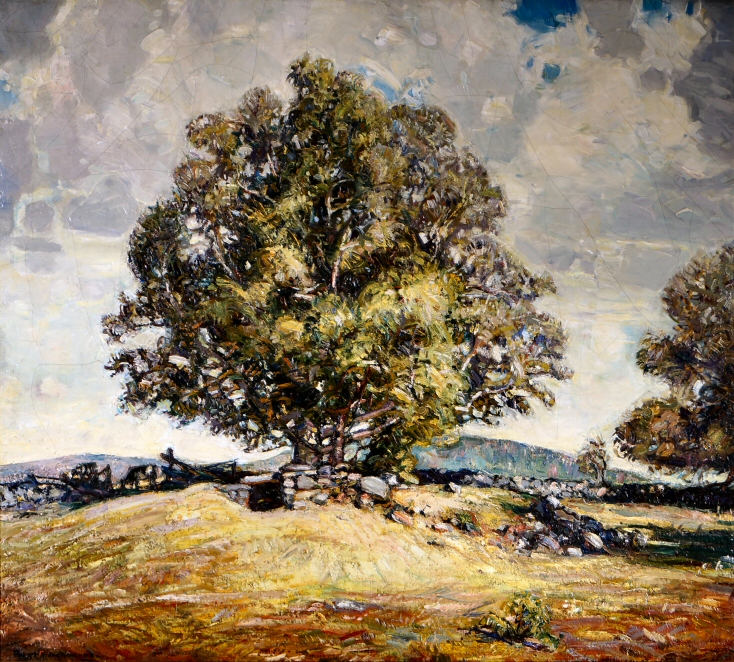
 Unnamed: Stonewalls Meet, early 1920s
Unnamed: Stonewalls Meet, early 1920s
This painting was donated by Woodward to the newly
formed Trinity Church sometime in the early 1950s to
celebrate the rebirth and survival of 3 local churches.
So it is that the Trinity Church derived its name from the yoking of the three local churches into a single unified church. Woodward, near retirement at this time,
raised Catholic but identified himself as Episcopalian as an adult donated an unnamed painting from very early in his career to the new church. The painting, three
birch trees rising out of the old cellar foundation of a building now long gone, at the intersection of a couple stonewalls is symbolic of the foundation of tradition
intersecting with time to offer new potential, new growth, and rebirth. Its transcendent imagery perhaps the most romantic kind of idealism there is still, auspiciously,
finds its place in the real world. This is what could be called poetic.
The Baptist Church of this painting was demolished in July of 1960 as you can see
from the clipping above. Today a plaguer mounted on stone marks the spot where the church once stood. As for the fate of the other two churches, we do not yet know.
The donated painting remains a cherished asset of the Trinity Church whose members had it restored a number of years ago.
Close ups & Xtra Images

 Skaters on the frozen Deerfield River
Skaters on the frozen Deerfield River
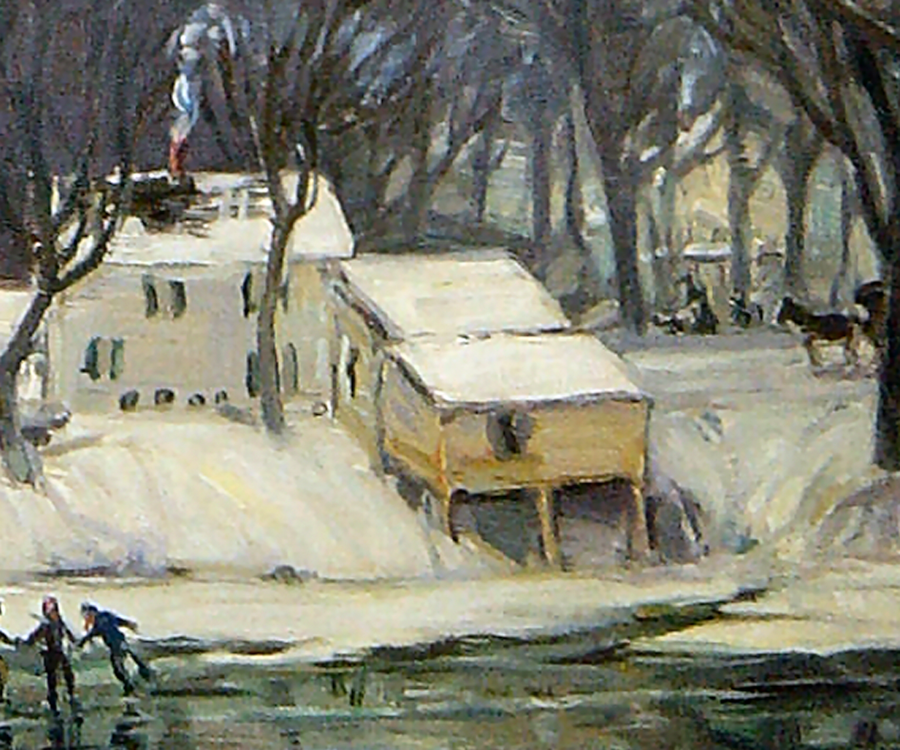
 Building behind the Church
Building behind the Church
